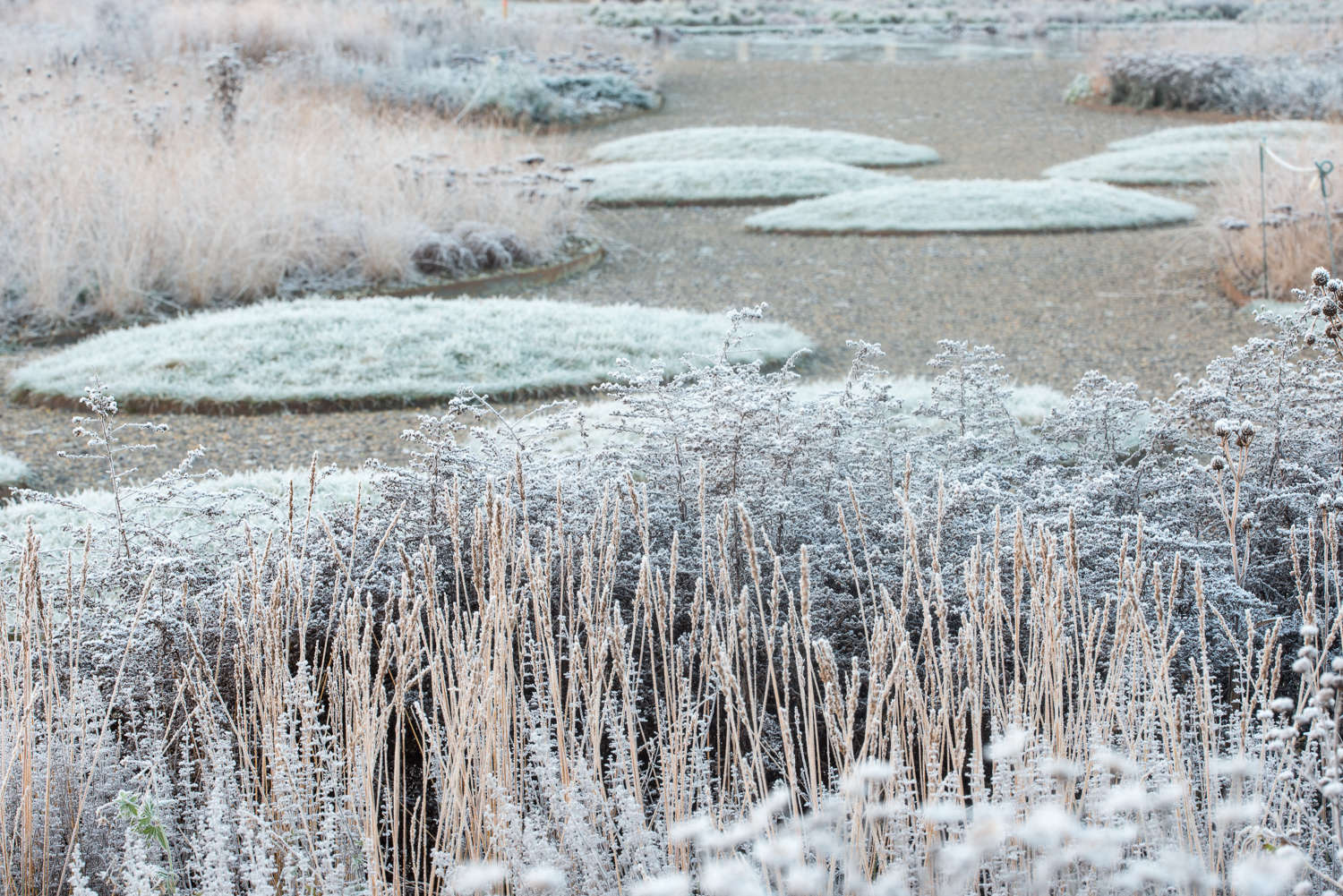How to leave behind land that your family has tended for four decades? When Betsy Michel was in the process of trading life at Home Winds, her 200-acre farm in Morris County, New Jersey, for a New York City apartment, her grown children started brainstorming ways to bring a piece of the county with her.
Betsy’s parents had bought the farm in 1965 from Gill St. Bernard’s, the private school next door. And in 1976, when Betsy and her husband, the late Mickey Michel, and their three kids moved from Paris back to the States, they settled at Home Winds where the couple, both lawyers, became gentleman farmers and amateur arborists. It was the trees that her children decided could accompany Betsy as a visual memory: they commissioned photographer and self-described “advocate for trees” Benjamin Swett to visit Home Winds several times over the course of a year to capture its tallest residents. The plan was to pick five photographs to hang in Betsy’s new quarters, but the work was so compelling that Betsy’s daughter, Katie Michel, owner of Planthouse Gallery in NYC and an artist herself, decided it deserved a bigger audience. One idea led to another and Home Winds is now a newly published book—and more.
Photography by Benjamin Swett, courtesy of Planthouse Gallery.



He’s the author of the just-republished book New York City of Trees, which is how Katie first met him: he was standing on her driveway north of Manhattan capturing a 300-year-old cucumber magnolia. “His photographs are love letters to trees,” she says.

Added onto many times over the years, the 19th-century farmhouse has turrets and a back porch. Betsy recently sold it back to Gill St. Bernard’s (which had formerly used the house as a dorm) and gave the school much of the land, which is now in a NJ farmland trust and will be preserved for agricultural use in perpetuity.

A linden tree stands here between two cinderblock farm buildings surrounded by hay fields and wet lands. There are cows, pigs, goats, chickens—the Michel children had morning egg delivery routes—and two donkeys in residence at Home Winds.

Wanting the book to be about more than a NJ farm, Katie sent Swett’s photos to singer Heather Woods Broderick, who composed an ethereal ballad printed as running poetry alongside the images; it is also on a 7-inch vinyl disc that comes packaged with the book.”Art can stir emotions in a way that scientific writing can’t,” says Katie. “Seeing these images and hearing the music, I want people to think about the environment: Trees are one of the planet’s basic buildings blocks and they’re having a much harder time now.”



For more Required Reading (and gift ideas for gardener mothers), take a look at:
- Our own Gardenista Book: The Definitive Guide to Stylish Outdoor Spaces.
- The Problem with My Garden: Simple Solutions for Outdoor Spaces by Kendra Wilson.
- The Thoughtful Gardener by Jinny Blom.













Have a Question or Comment About This Post?
Join the conversation (0)